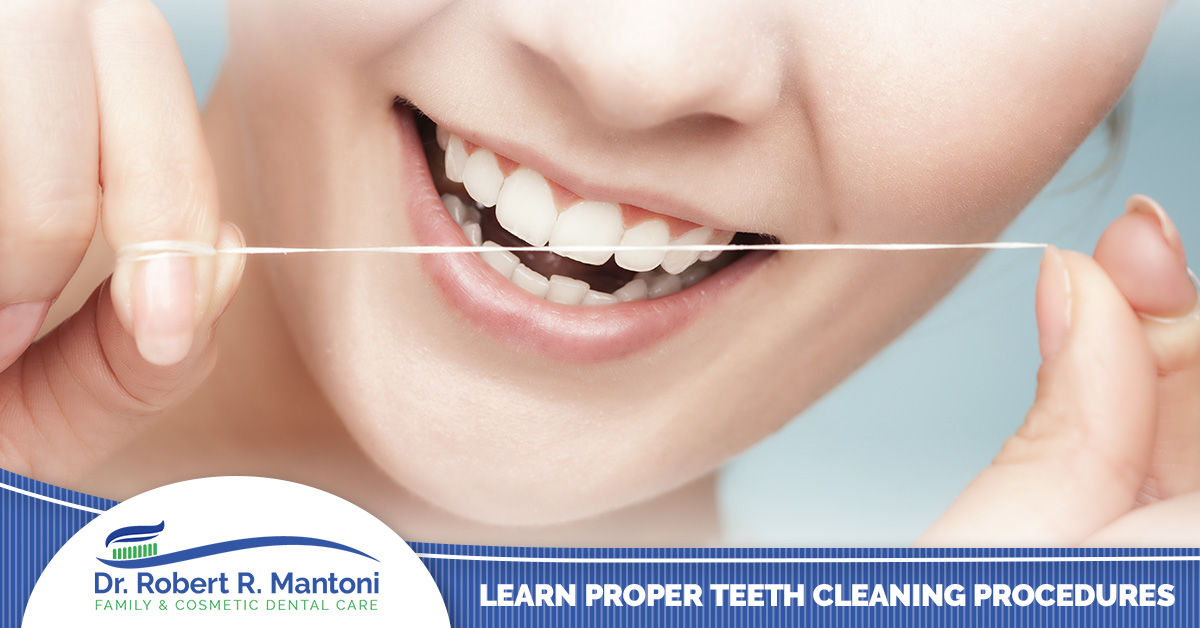Brushing and Flossing
Brushing and flossing go together like peanut butter and jam or butter and toast — it is hard to see one without the other. The unfortunate reality is that dentists actually rarely see patients complete both brushing and flossing. In fact, when it comes to flossing, dentists are excited to see it done at all. In this blog, we will discuss the importance of properly brushing and flossing and how the root of your dental problems could boil down to a piece of string.
Brushing
If you had a dime for every time a dentist told you to brush your teeth either more thoroughly or more often, you would be a millionaire. The thing is, dentist don’t say to brush your teeth to hear themselves talk — brushing is that important. And, brushing should be done daily, almost three times a day. It is recommended that you brush your teeth once in the morning, after lunch, and again at night. The idea of this is to never leave bits of food in your mouth at any time. Even having sugar or carbohydrates on your teeth for any amount of time could spell out trouble later on. When you leave bits of food in your mouth, the sugars and carbohydrate compounds naturally bind with your mouth’s bacteria. When food is allowed to house in your mouth, this combination can create plaque. Plaque is one of the main reasons why many patients visit the dentist; especially because it eats away at your teeth and weakens its protective enamel.
How to Brush Your Teeth?
It sounds silly, but some of us just need to re-learn how to properly brush our teeth. For example, you should purchase an electric toothbrush with a large attachable brush. Though non-electric toothbrushes are still useful while camping, at work, or at a sleepover, they aren’t a powerful enough brush to maintain your teeth.
When you brush your teeth, you should be brushing for at least two to three minutes. It is also important that while brushing you cover all surfaces of your tooth, which means the front, top, and back areas of your teeth.
Flossing
If you are wondering how the sides of your teeth get a little TLC, that would be due to flossing. Flossing and brushing should always be done together. Flossing is your only way of reaching those hard-to-get places of your teeth and ensure there is no excess food leftover. Food can easily get stuck in between your teeth, however, if you do not floss the small crevices of your smile, food can get left. If you do not floss, plaque can build up and cause countless issues with your teeth. No matter how good of a brusher you are, if you do not remove all leftover food, the problems are all still the same.
 How to Floss
How to Floss
Flossing is a tedious task, but nevertheless, it is extremely important. The best way to floss is by taking a long piece and wrapping it around both of your index fingers. Your index fingers have more adept movement capabilities which can be useful in reaching the inner spaces of your teeth. You will also want to be sure to floss gently along the curves of your teeth. You never want to make saw-like motions, otherwise you will inflame your gums.
While you are flossing, you will also want to check and make sure you got all excess food out of your gum line. Any food leftover in the gums could lead to tooth decay.
Dr. Robert R. Mantoni DDS
Brushing and flossing should be a habit. Unfortunately, not many people do both. And, they don’t do both for the recommended number of times. You should be flossing at least twice a day and brushing at least three times a day. At Robert R. Mantoni DDS, we pride ourselves on our service and quality of family dentistry. At our practice, we have dental hygienists that are able to treat both adults and children. If you are looking for a dentist for yourself, as well as a pediatric dentist with experience, contact us today.



